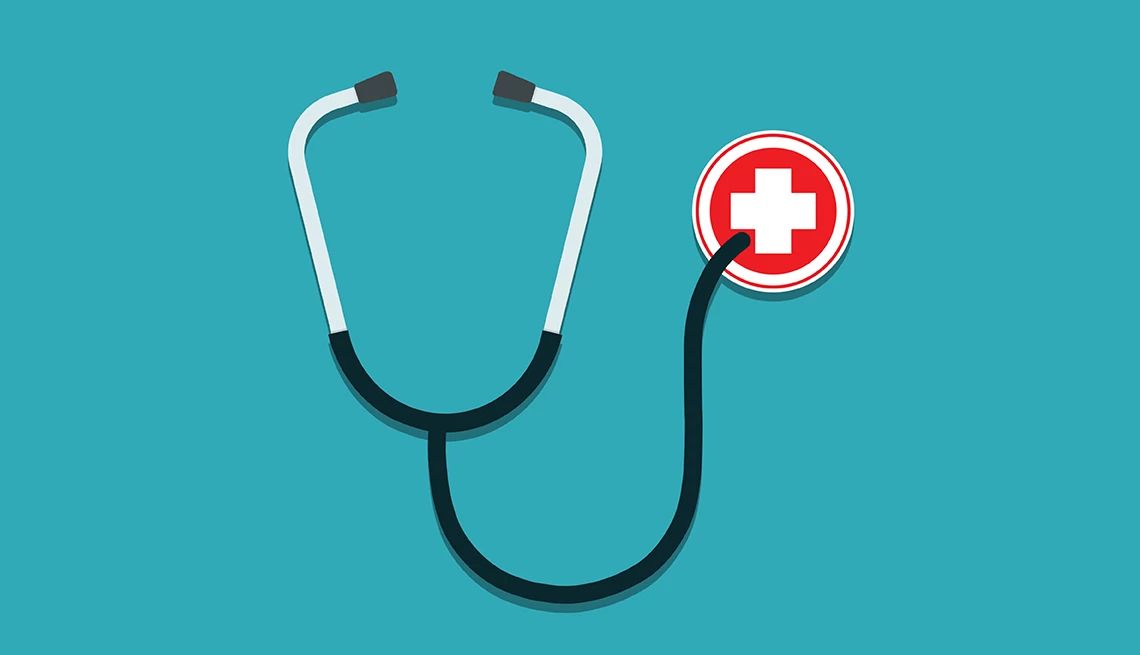Play all audios:
UNEXPECTED MEDICAL BILLS _WHERE DID THESE CHARGES COME FROM? CAN I AVOID SURPRISE BILLING?_ Forty-three percent of American adults have received at least one problem medical bill in the
previous five years, according to a 2022 national survey by KFF, a nonprofit health policy research group. Billing troubles can be overcharges or invoices for services not received, already
paid for, thought were covered by health insurance or those you just can’t afford. Problem bills are a big reason why 5.1 million older adults have medical debt that’s gone to a collection
agency, according to the Consumer Financial Protection Bureau. Here are five ways you can avoid surprise billing. 1. SPEAK UP._ _About three-quarters of adults who challenged a mistake or
unaffordable bill got help, according to an August 2024 University of Southern California survey. The results include bill corrections, payment plans, financial assistance, a price cut or
bill cancellation. 2. ASK FOR AN ESTIMATE. Before an elective procedure or a long-term or potentially expensive treatment, get an estimate of the charges, says medical billing specialist
Martine Brousse, owner of AdvimedPro in Culver City, California. “An estimate is not a final bill, but it can help you plan ahead.” 3. DON’T PAY RIGHT AWAY. That first bill you get, say 15
to 30 days after a medical visit, may not have been processed by your health insurer yet, and so it may not reflect what you owe after insurance pays, Brousse says. “You shouldn’t pay a bill
until after you see a final explanation of benefits from your insurance company or Medicare,” she says. If you overpay an early bill, you can get a refund, but it can be time-consuming. 4.
COMPARE THE BILL TO INSURANCE COVERAGE._ _“The explanation of benefits will tell you whether a medical bill was processed correctly,” says Jenni Nolan, an independent patient financial
advocate and owner of Clear Healthcare Advocacy in Carmel, Indiana. Common discrepancies that deserve a call to your provider include duplicate charges, coding errors, in-network charges
billed at an out-of-network rate, denied services and bills never sent to your insurer. 5. CHALLENGE SURPRISE AMBULANCE FEES. Consumers typically have no say over whether the EMT crew that
responds to a call is in their network. This gap costs Americans $129 million a year, according to a 2020 study. “These bills can be thousands of dollars,” Nolan says. Don’t automatically
pay that inflated, out-of-network ambulance bill. Instead, Nolan suggests, negotiate a lower rate based on published Medicare coverage rates for your area, which you can find here. A
standard offer is double the Medicare rate.

